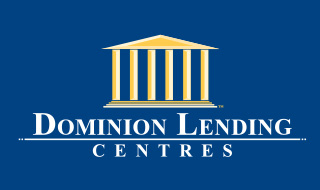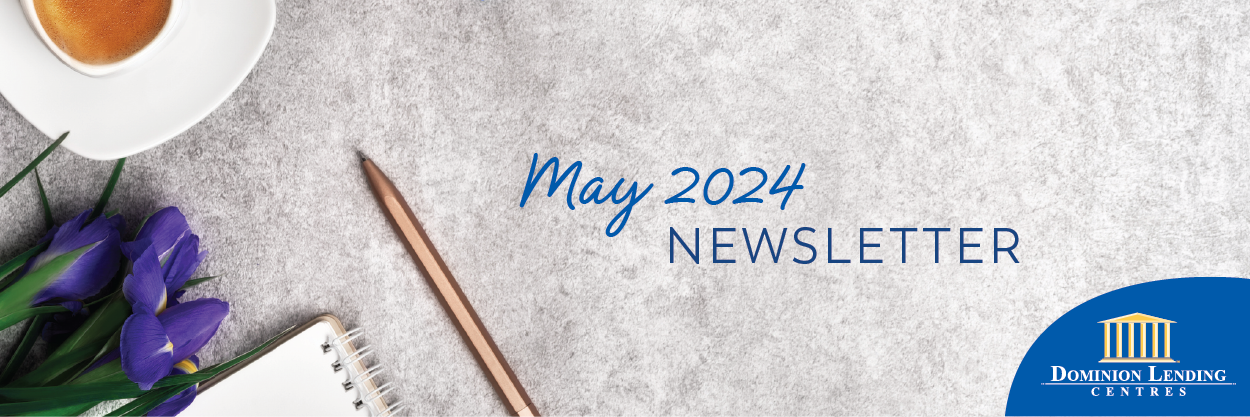| |
|
|
| |
Scott Westlake
Founder - The Westlake Team, Agent - DLC National
Dominion Lending Centres Forest City Funding
FSCO Lic. #12360
Independently Owned and operated |
Phone: 416-436-1135
|
| |
|
|
|
|
|
|
|
|
Hi
|
|
Welcome to the June issue of my monthly newsletter!
|
 |
|
This month’s edition looks at three steps to take you from pre-approval to homeowner and homeownership Vs renting. Please let me know if you have any questions or feedback regarding anything outlined below.
Thanks again for your continued support and referrals!
 |
|
|
| |
3 steps to take you from Pre-approval to getting the keys
 |
|
 |
|
| |
|
Picture this: You’ve finally been able to put away enough for a down-payment on your dream home. It’s taken you five years of diligent saving, but you did it! You have also been diligently working on improving your credit score and paying off debts and are at a place of financial stability. So, first of all, KUDOS TO YOU! Second…now what do you do? Here are the three steps that will take you from browsing new homes to getting the keys to your new place.
STEP 1: PRE-APPROVAL
This should actually be the step BEFORE house hunting. Visiting your mortgage broker to get pre-approved is the first step anyone looking to buy a home should do. When you meet with your broker for the first time they will:
- Have you fill out an application (or you might be able to fill out one online)
- Pull your credit
- Determine what your maximum purchase price will be.
Be aware that you will also be asked for additional information when you visit your broker to apply, including a letter of employment/pay stub, down payment verification, two years notice of assessment and/or T4’s, a void cheque, and a number of other potential documents.
Once you are pre-approved it’s house hunting time for you! The benefit of having this done BEFORE you start looking is that you can work with your realtor to find properties within that price range.
When you do find just the right home for you, it’s on to step two.
STEP 2: APPROVAL
If you were able to provide the bulk of the paperwork for your pre-approval, then it will be
|
|
|
|
smooth sailing from here. You may have to supply a few pieces of updated information but otherwise, it’s up to the lender to do the hard work at this point.
Now that you have final sign-off and are waiting for the final conditions to be met, it’s on to step three.
STEP 3: FINAL STEPS
Now that you have final sign-off and are waiting for the final conditions to be met, it’s on to step three.
Your broker will notify you once the conditions have all been met, and the lender will send the paperwork over to the Lawyer’s office. The lawyer will take a few days to go through the mortgage and prepare it for your final sign off. When you go, you will be asked to present:
- Void Cheque
- Two forms of identification
- Balance of the down payment in the form of a bank draft
On the day of funding, the lender will send the funds to the lawyer who sends them to the seller’s lawyer who upon receiving the funds will give you the all clear.
All that’s left is to hand you the keys to your new home!
As one final step, keep asking questions at each stage of the mortgage process. You should check in with your mortgage broker if you have any questions along the way. They are happy to guide you through the process of not only getting a mortgage but also having a mortgage too!
|
|
|
| |
 |
|
| |
Is owning a home truly the best bet?
 |
|
 |
|
| |
|
If you’re reading this and just bought your fist home, or you’ve been a homeowner for years, there’s good news. You can feel confident you made the right decision for your long-term economic wellbeing. That’s according to the findings of a study by Mortgage Professionals Canada, the national association that represents the mortgage industry.
The organization decided to take a deep dive and compare owning versus renting in Canada, and conclude which one option would be the best financial decision in the long run.
As it turns out, the cost of ownership was lower than the cost of renting in more than three quarters of the 266 combinations or cases studied, which included locations and types of dwellings.
As of the second quarter of 2018, the monthly cost of owning was lower than the cost of renting for 72 (just 27% of the 266 cases).
But, the study noted, costs of homeownership include considerable amounts of repayment of mortgage principal. This is a form of saving. When this saving is considered, the “net” or “effective” cost of homeownership is correspondingly reduced.
|
|
|
|
On a net basis, the cost of ownership is lower than the cost of renting in 202 of the 266 cases (76%), according to the study.
On average across the 266 cases, the monthly cost of owning exceeds the cost of renting an equivalent dwelling by $541 per month. But, when the principal repayment is considered, the net cost of owning is $449 less than the cost of renting.
MPC’s study also found the largest element of the ownership cost (the mortgage payment) is fixed for some time. The result is that the cost of renting will increase more rapidly than the cost of homeownership. The analysis projects the costs of owning and renting for five years and 10 years, assuming that all of the cost components (apart from the mortgage payments) rise by 2.5% per year. The study concluded that homeownership becomes increasingly advantageous over time.
The study concluded by the time the mortgage is fully repaid in 25 years (or less) the cost of owning will be vastly lower than the cost of renting, in every one of the 266 cases. On average across the 266 cases, the cost of owning is projected at $1,549 per month versus $4,655 for renting equivalent dwellings.
|
|
|
| |
 |
|
| |
 |
|
Homeowner Tips
|
|
5 Ways to Stay Cool Without Air Conditioning:
1. When it’s cooler outside than inside, open your windows instead of using air conditioning. Use a window fan, blowing toward the outside, to pull cool air in through other windows and to push hot air out. When it’s hotter outside than inside, close your windows and draw window coverings against direct sunlight.
2. On hot days, delay heat-producing tasks, such as dishwashing, baking or doing laundry, until the cooler evening or early morning hours.
3. Caulk around window and door frames, use weather stripping on exterior doors, and have a professional seal gaps where air can travel between the attic and your living space.
4. Use energy-efficient lighting in your home. CFL and LED light bulbs operate cooler and cost less to use because most of their energy produces light instead of heat. Incandescent light bulbs, on the other hand, lose 90% of their energy as heat.
5. Leafy shade trees planted on the east and west sides of your home can improve comfort and decrease cooling needs by blocking heat and sunlight. You’ll still have the benefit of heat from the sun in the winter, after the leaves fall. Check with your local garden centre for recommendations.
|
|
|
| |
 |
|
About Dominion Lending Centres & DLC Leasing
 |
|
| |
 |
We are Canada's largest and fastest-growing mortgage brokerage! |
 |
We have more than 2,800 Mortgage Professionals from more than 350 locations across the country! |
 |
Our Mortgage Professionals are Experts in their field and many are ranked among the best nationally. |
 |
We work for you, not the lenders, so your best interests will always be our number one priority |
 |
We have more than 100 mortgage programs, making it easy to choose the best fit for your unique situation. |
 |
We close loans in all 10 provinces and 3 territories. |
 |
We can process your mortgage in as few as 7 days. |
 |
We are the preferred mortgage lender for several of Canada's top companies. |
 |
Dominion Lending Centres' Mortgage Professionals are available anytime, anywhere, evenings and weekends - and we'll even come to you! |
|
 |
| |
 |
There are two types of debt: secured and unsecured. When you borrow money to buy a house, the bank can take back the house to recoup their money if you don’t pay the debt. That means the debt is secured – it’s being balanced against something that you want to keep, and gives the bank some measure of security that it’s going to be able to recover the money it’s loaned you. Unsecured debt, on the other hand, means the bank can’t reclaim the thing you’re buying with the borrowed money. (Credit card debt is unsecured, and so are student loans.)
|
|
|













